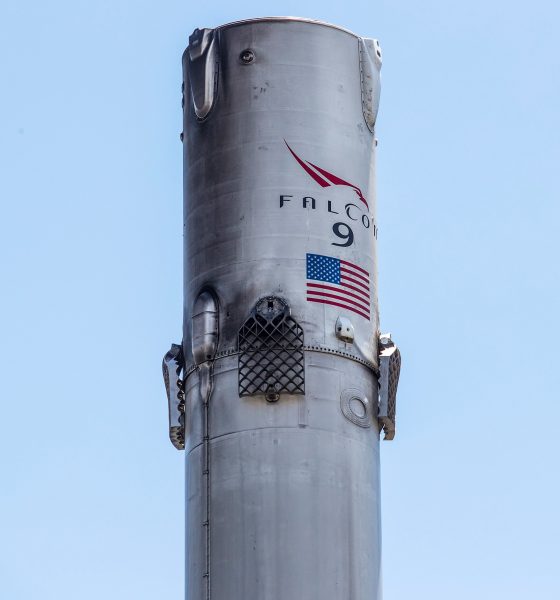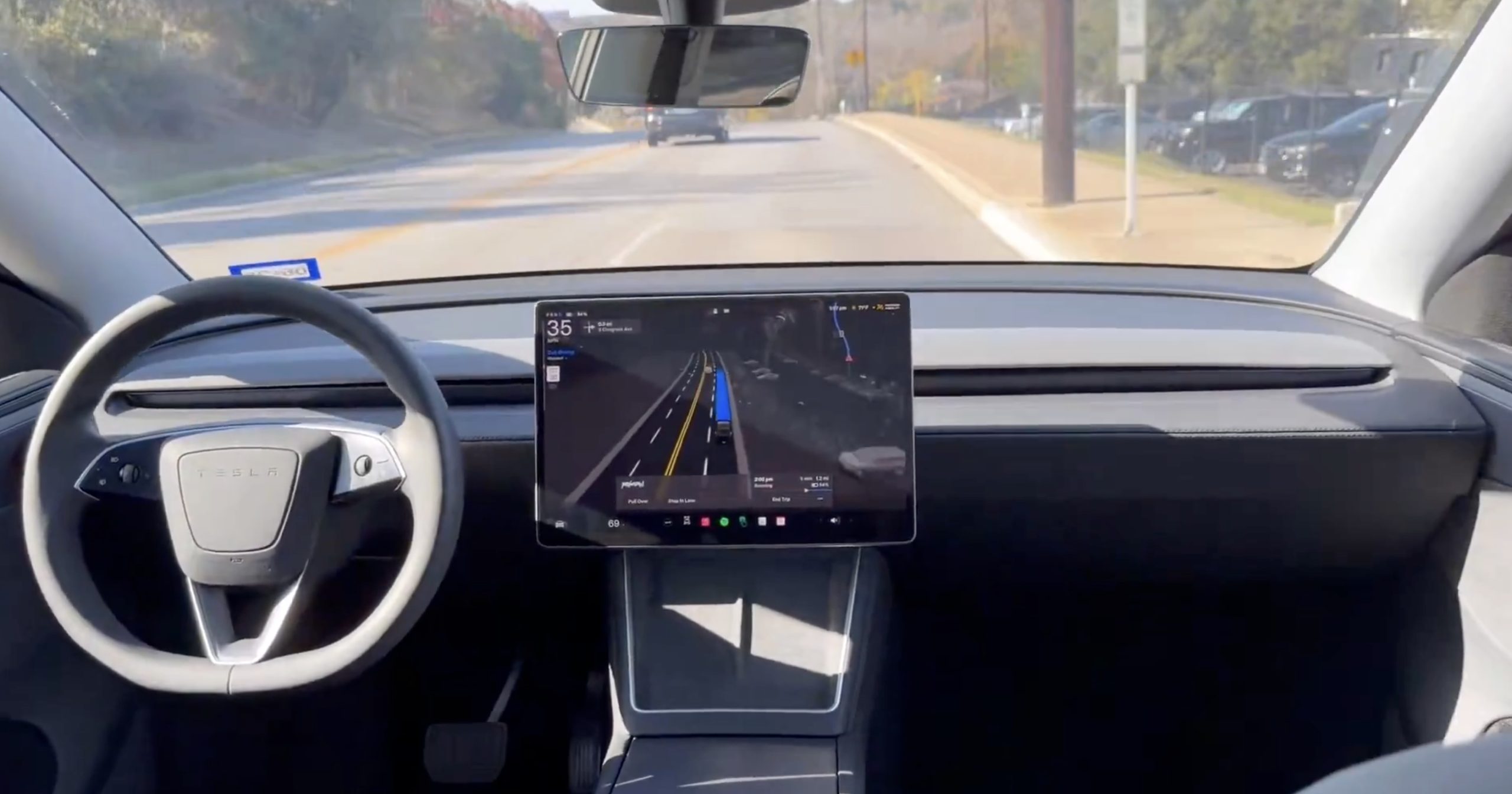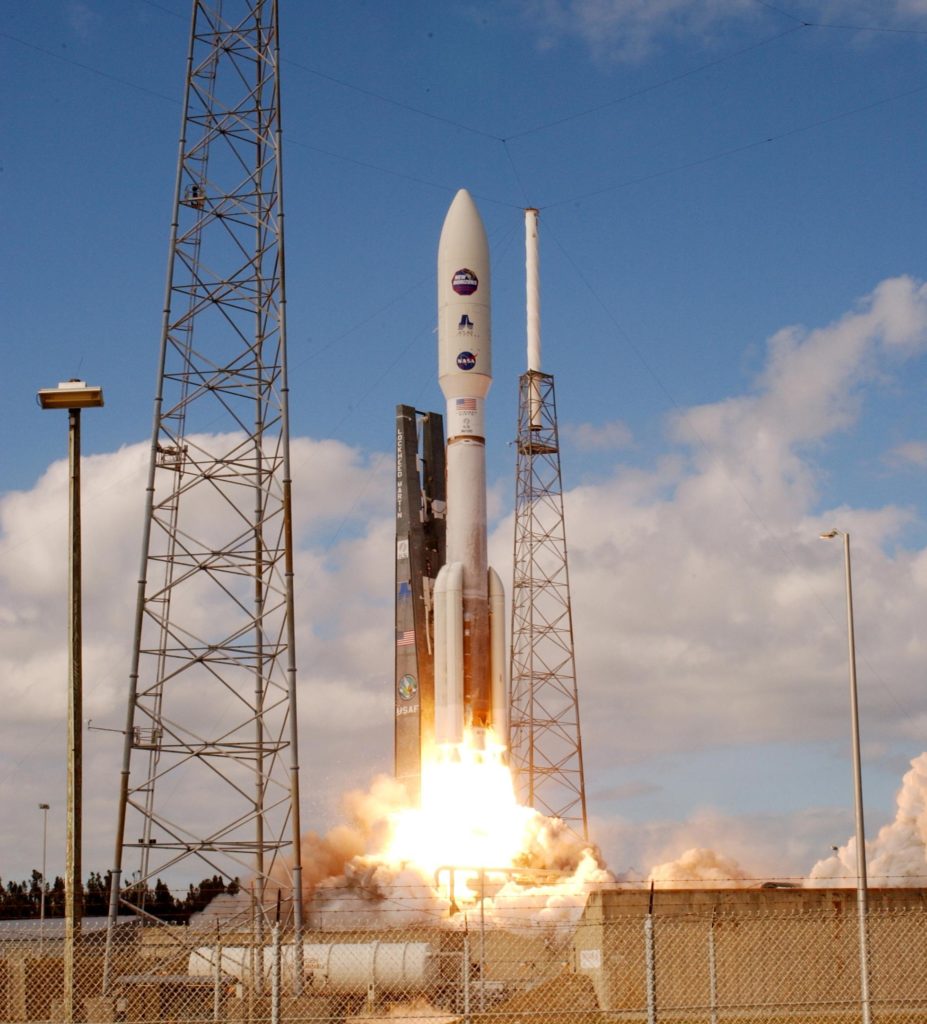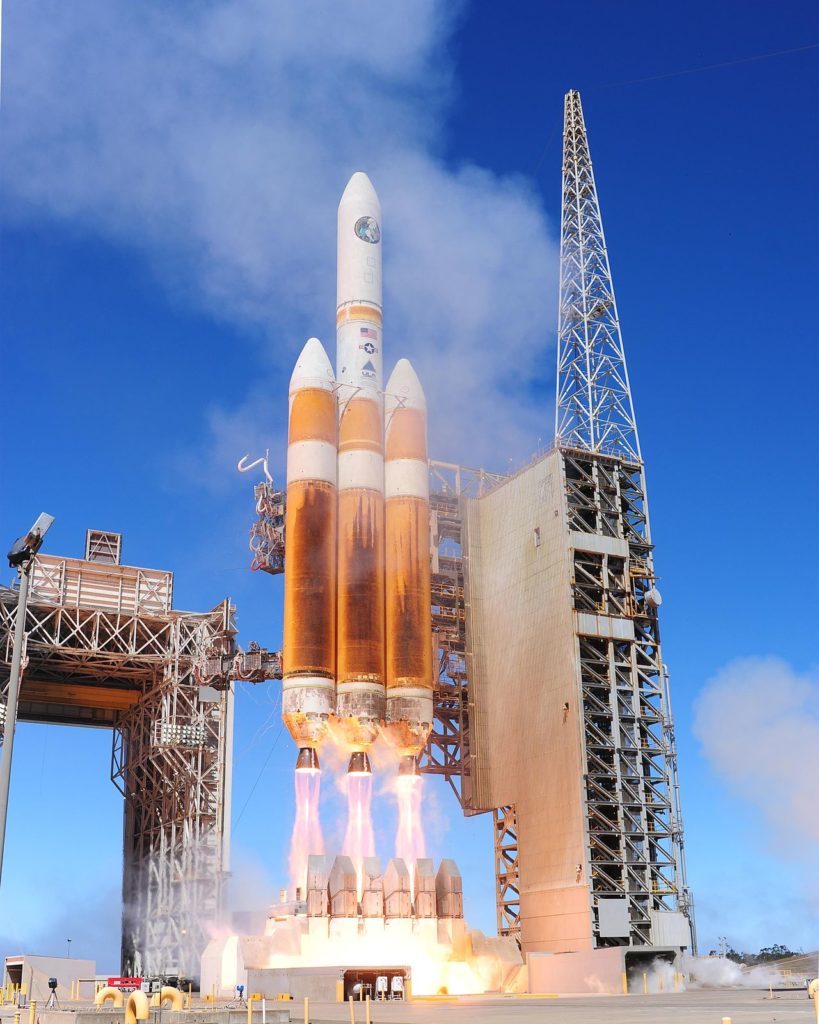

News
Musk calls out SpaceX rival for receiving billion dollar subsidy, ULA head fires back
Following an intriguing SpaceX testimony before Senate committees in Washington D.C., Musk took to Twitter to share some thoughts on the state of the launch marketplace and SpaceX’s place within it. It didn’t take long for him to relate a somewhat common critique of the United Launch Alliance, SpaceX’s only American competition.
Sorry. That is simply not true. There is no "billion dollar subsidy". Amazing that this myth persists.
— Tory Bruno (@torybruno) July 14, 2017
Other orgs shd also develop reusable orbital rockets. If an airplane co had reusable airplanes, buying single use airplanes wd seem crazy. pic.twitter.com/OJotlGmPHt
— Elon Musk (@elonmusk) July 13, 2017
Tory Bruno, President and Chief Executive of ULA, responded with gloves off just a few hours later, deeming the implied existence of such a subsidy nothing more than a “[persistent] myth”. He spent fifteen or so minutes replying to skeptical and inquisitive followers on Twitter, stating that the Wikipedia paragraph on the subject was incorrect. Bruno was steadfast in his response saying that he had publicly testified on the public procurement process before Congress (he did, and he did not defer on the term “subsidy”), and he adamantly refused to back down on his statement that such a subsidy only existed in mythology.
For better or for worse, Bruno is correct to a large extent. In fact, he published a full editorial on the controversial subject in the canonical SpaceNews Magazine. The ELC (EELV (Evolved Expendable Launch Vehicle) Launch Contract) is the source of this controversy, and while not quite a full billion dollars, the FY2016 ELC contract was for $860 million.
SpaceX has admittedly been chronically doubted and mistreated in the realm of government contracting, and ULA has been less than perfectly civil in the past. Simply by existing, SpaceX in effect disrupted what was a American launch industry monopoly held between Boeing and Lockheed Martin. Those two companies merged their space endeavors approximately 11 years ago and have since been the United Launch Alliance. For reasons that do make a bit of sense but are still mildly obtuse, the United States Air Force chose to purchase ULA launch vehicles and the services that make the launch of those vehicles possible separately. The main given reason for this choice, as explored in Bruno’s editorial, is to give the Air Force added flexibility.
As discussed in the 2016 ELC contract itself, another large need for this type of funding lies in the maintenance of a large workforce, and the constant depreciation of both the Atlas and Delta families of launch vehicles. The Delta family, known mainly for the large Delta IV Heavy, is almost never utilized at this point in time, with Atlas being both more cost effective and more reliable. Regardless, due to contracting, ULA is required to maintain both the workforce and facilities necessary to produce and launch Delta vehicles, in spite of having nearly no “business” thanks to Atlas V. Maintaining a workforce and set of facilities that is in part or whole redundant is not efficient or cost-effective, but it is contractually required. So, while the ELC contract Musk deemed a nearly pointless subsidy does have some major flaws, inefficiencies, and illogical aspects, it is not technically correct to label it a subsidy.
- Operated by the same company responsible for the F-35, Atlas 5 is a highly reliable and equally expensive rocket. (ULA)
- Delta IV Heavy, the only current American heavy lift launch vehicle in service. Once operational, Falcon Heavy will be capable of launching nearly double the payload to GTO. (USAF/ULA, 2013)
Without the actual contract information, it is also difficult to know if ULA would still receive this contractual payment in lieu of conducting actual launches. Bruno frames it in such a way that it sounds like the U.S. government modifies the payment size based on the number and type of required launches for a given year. If the multi-year agreement means that launches delayed many months or more can still be swapped out at no additional charge, then this does indeed make a certain amount of sense. The array of discussion on the subject nevertheless fails to explore the consequences of launch provider-side issues, the likes of which ULA and Atlas 5 experienced earlier this year, resulting in some amount of delays.
We do that too, but for free
— Elon Musk (@elonmusk) July 13, 2017
While there can be no doubt that the actual gritty details of the ELC contracts deal explicitly with such possible outcomes, the lack of transparency (be that as a result of publicly inaccessible contract details or highly obtuse and lingo-heavy contract language) ultimately frames ELC contracts and the vehemence with which ULA defends them as a wasteful, overly complex, and unnecessary alternative to simply offering a fixed product with services inherently included, as SpaceX does.

Elon Musk
Elon Musk and Tesla AI Director share insights after empty driver seat Robotaxi rides
The executives’ unoccupied tests hint at the rapid progress of Tesla’s unsupervised Robotaxi efforts.

Tesla CEO Elon Musk and AI Director Ashok Elluswamy celebrated Christmas Eve by sharing personal experiences with Robotaxi vehicles that had no safety monitor or occupant in the driver’s seat. Musk described the system’s “perfect driving” around Austin, while Elluswamy posted video from the back seat, calling it “an amazing experience.”
The executives’ unoccupied tests hint at the rapid progress of Tesla’s unsupervised Robotaxi efforts.
Elon and Ashok’s firsthand Robotaxi insights
Prior to Musk and the Tesla AI Director’s posts, sightings of unmanned Teslas navigating public roads were widely shared on social media. One such vehicle was spotted in Austin, Texas, which Elon Musk acknowleged by stating that “Testing is underway with no occupants in the car.”
Based on his Christmas Eve post, Musk seemed to have tested an unmanned Tesla himself. “A Tesla with no safety monitor in the car and me sitting in the passenger seat took me all around Austin on Sunday with perfect driving,” Musk wrote in his post.
Elluswamy responded with a 2-minute video showing himself in the rear of an unmanned Tesla. The video featured the vehicle’s empty front seats, as well as its smooth handling through real-world traffic. He captioned his video with the words, “It’s an amazing experience!”
Towards Unsupervised operations
During an xAI Hackathon earlier this month, Elon Musk mentioned that Tesla owed be removing Safety Monitors from its Robotaxis in Austin in just three weeks. “Unsupervised is pretty much solved at this point. So there will be Tesla Robotaxis operating in Austin with no one in them. Not even anyone in the passenger seat in about three weeks,” he said. Musk echoed similar estimates at the 2025 Annual Shareholder Meeting and the Q3 2025 earnings call.
Considering the insights that were posted Musk and Elluswamy, it does appear that Tesla is working hard towards operating its Robotaxis with no safety monitors. This is quite impressive considering that the service was launched just earlier this year.
Elon Musk
Starlink passes 9 million active customers just weeks after hitting 8 million
The milestone highlights the accelerating growth of Starlink, which has now been adding over 20,000 new users per day.

SpaceX’s Starlink satellite internet service has continued its rapid global expansion, surpassing 9 million active customers just weeks after crossing the 8 million mark.
The milestone highlights the accelerating growth of Starlink, which has now been adding over 20,000 new users per day.
9 million customers
In a post on X, SpaceX stated that Starlink now serves over 9 million active users across 155 countries, territories, and markets. The company reached 8 million customers in early November, meaning it added roughly 1 million subscribers in under seven weeks, or about 21,275 new users on average per day.
“Starlink is connecting more than 9M active customers with high-speed internet across 155 countries, territories, and many other markets,” Starlink wrote in a post on its official X account. SpaceX President Gwynne Shotwell also celebrated the milestone on X. “A huge thank you to all of our customers and congrats to the Starlink team for such an incredible product,” she wrote.
That growth rate reflects both rising demand for broadband in underserved regions and Starlink’s expanding satellite constellation, which now includes more than 9,000 low-Earth-orbit satellites designed to deliver high-speed, low-latency internet worldwide.
Starlink’s momentum
Starlink’s momentum has been building up. SpaceX reported 4.6 million Starlink customers in December 2024, followed by 7 million by August 2025, and 8 million customers in November. Independent data also suggests Starlink usage is rising sharply, with Cloudflare reporting that global web traffic from Starlink users more than doubled in 2025, as noted in an Insider report.
Starlink’s momentum is increasingly tied to SpaceX’s broader financial outlook. Elon Musk has said the satellite network is “by far” the company’s largest revenue driver, and reports suggest SpaceX may be positioning itself for an initial public offering as soon as next year, with valuations estimated as high as $1.5 trillion. Musk has also suggested in the past that Starlink could have its own IPO in the future.
News
NVIDIA Director of Robotics: Tesla FSD v14 is the first AI to pass the “Physical Turing Test”
After testing FSD v14, Fan stated that his experience with FSD felt magical at first, but it soon started to feel like a routine.

NVIDIA Director of Robotics Jim Fan has praised Tesla’s Full Self-Driving (Supervised) v14 as the first AI to pass what he described as a “Physical Turing Test.”
After testing FSD v14, Fan stated that his experience with FSD felt magical at first, but it soon started to feel like a routine. And just like smartphones today, removing it now would “actively hurt.”
Jim Fan’s hands-on FSD v14 impressions
Fan, a leading researcher in embodied AI who is currently solving Physical AI at NVIDIA and spearheading the company’s Project GR00T initiative, noted that he actually was late to the Tesla game. He was, however, one of the first to try out FSD v14.
“I was very late to own a Tesla but among the earliest to try out FSD v14. It’s perhaps the first time I experience an AI that passes the Physical Turing Test: after a long day at work, you press a button, lay back, and couldn’t tell if a neural net or a human drove you home,” Fan wrote in a post on X.
Fan added: “Despite knowing exactly how robot learning works, I still find it magical watching the steering wheel turn by itself. First it feels surreal, next it becomes routine. Then, like the smartphone, taking it away actively hurts. This is how humanity gets rewired and glued to god-like technologies.”
The Physical Turing Test
The original Turing Test was conceived by Alan Turing in 1950, and it was aimed at determining if a machine could exhibit behavior that is equivalent to or indistinguishable from a human. By focusing on text-based conversations, the original Turing Test set a high bar for natural language processing and machine learning.
This test has been passed by today’s large language models. However, the capability to converse in a humanlike manner is a completely different challenge from performing real-world problem-solving or physical interactions. Thus, Fan introduced the Physical Turing Test, which challenges AI systems to demonstrate intelligence through physical actions.
Based on Fan’s comments, Tesla has demonstrated these intelligent physical actions with FSD v14. Elon Musk agreed with the NVIDIA executive, stating in a post on X that with FSD v14, “you can sense the sentience maturing.” Musk also praised Tesla AI, calling it the best “real-world AI” today.










